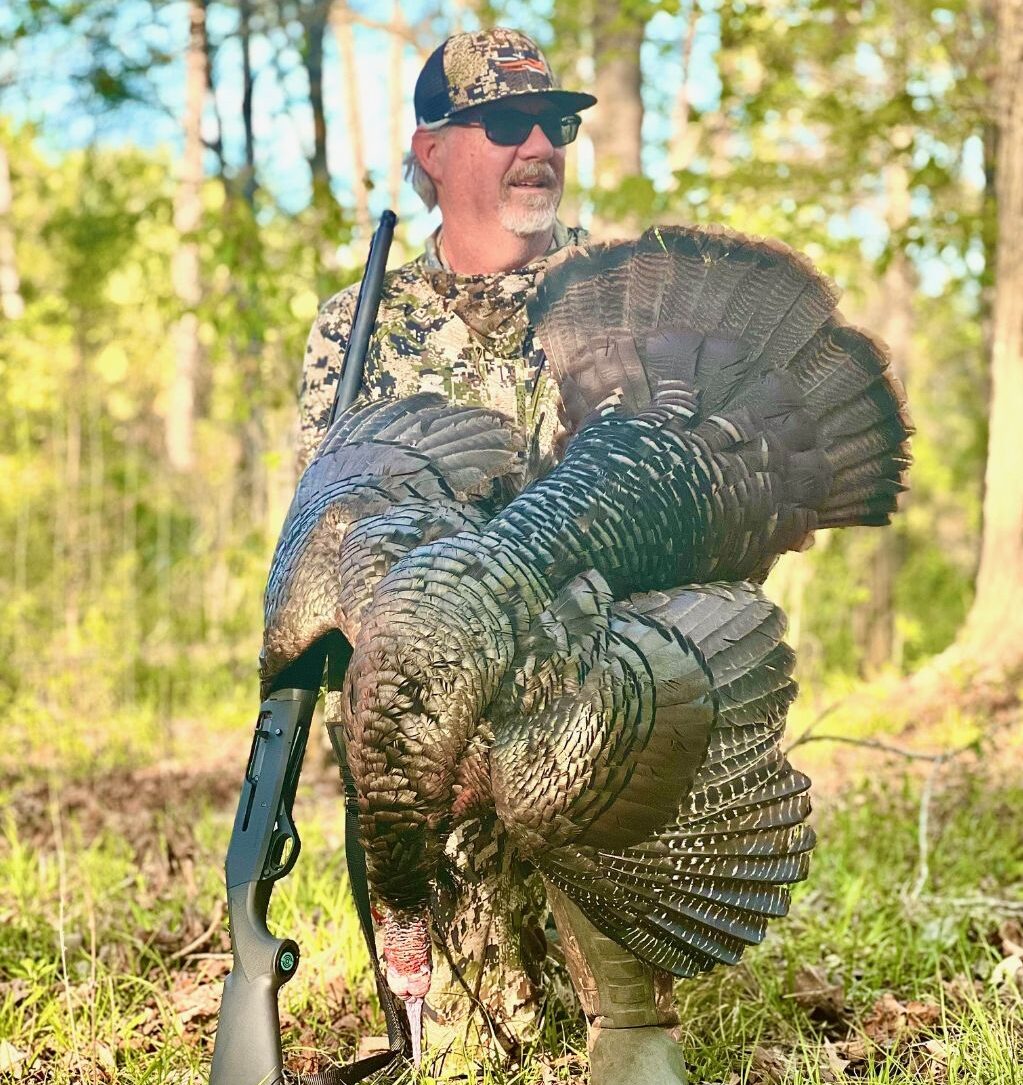Success Against the Toughest Turkey to Hunt
By: Alan Clemons
Among the four main wild turkey subspecies in the United States, the Osceola in South Florida arguably lays claim as the toughest turkey to hunt.
This is debatable, of course, because nothing is truly definitive when it comes to turkeys. Easterns living in mountains and swamps are monstrously tough. Hunters far and wide spin tales about wary Eastern birds that befuddled them, sometimes for years. Head west, and you might hear about a skittish Rio or Merriam. They’re not slam dunks by any means. But many hunters believe they’re the turkey version of Harry and Lloyd in “Dumb and Dumber.”
Not the Osceola, though.
These long-legged birds have acquired near-mythical status. It’s warranted. They’re not invincible, though. But the Osceola turkey has the power that many hunters don’t have or often just don’t have enough patience. The virtue of patience is learned, often through the fires of trial and error, as anyone who has ever chased gobblers knows quite well.
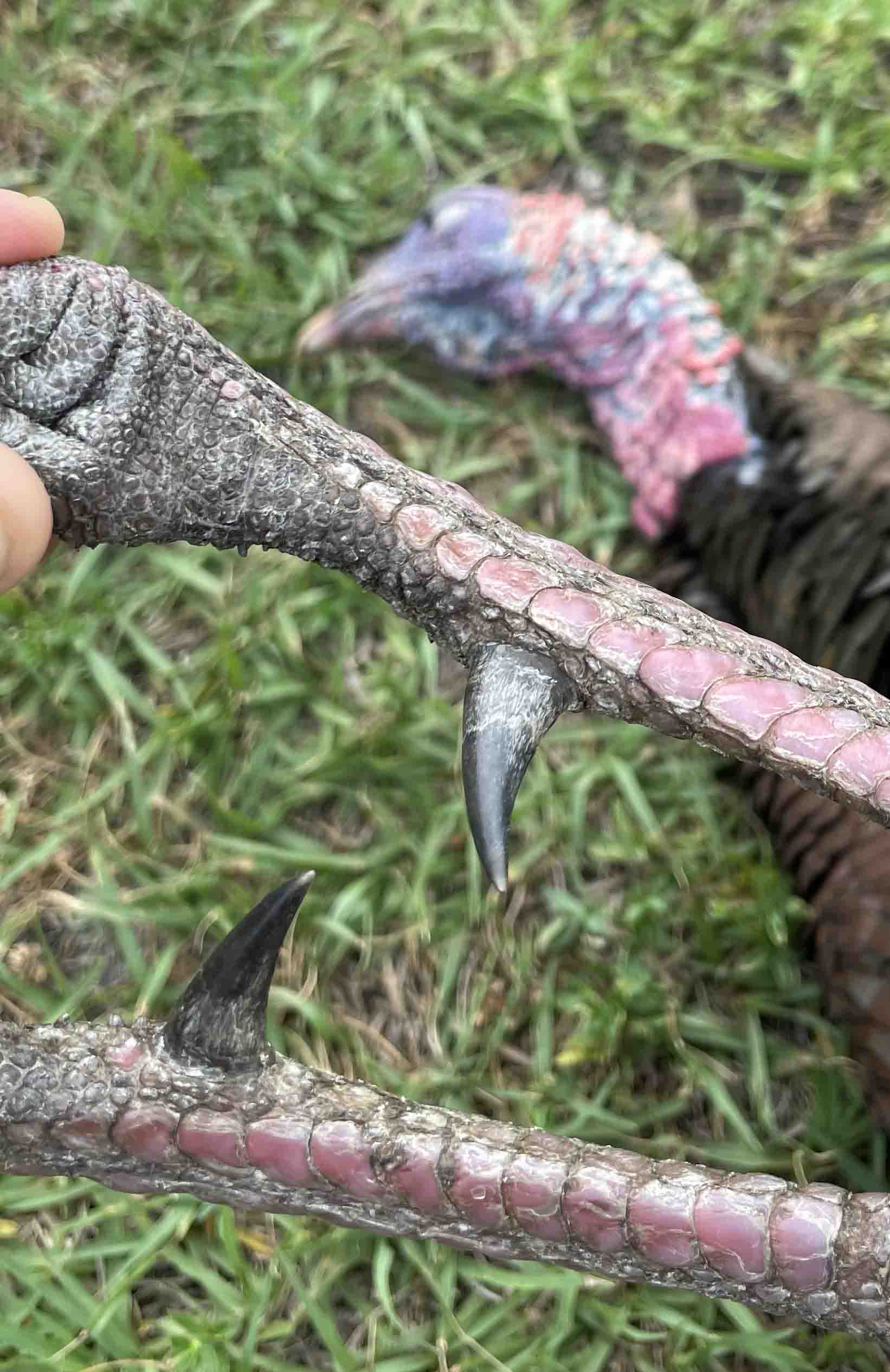
Osceola Habitat and Patterns
The Osceola is one of two subspecies of turkey found in Florida, with the Eastern being the other. For the purposes of registering birds for official records and hunters chasing the Grand Slam, the state is split in a north-south configuration for the birds’ home range.
This line is arbitrary because turkeys move around, but it’s generally accepted. It starts in Nassau County in the northeast corner of the state at the Florida-Georgia line, runs southwest along the Duval County line and through Bradford County, and then follows the northern borders of Union, Alachua, Gilchrist, and Dixie counties to the Gulf of Mexico. South of that line is considered Osceola country and north and west in the Panhandle is Eastern territory.
Are there hybrids? Probably. But that arbitrary line is what we have. Osceolas in the southernmost part of Florida are smaller in weight, only 12-15 pounds, and darker in color. Their legs are a bit longer. As you move toward the central part of Florida, their body size is a bit larger. Their wing feathers may have a smidge more white barring, but not much.
The other thing is that Osceolas are not vocal like their subspecies cousins. The Eastern gobbler thunders. Rios and Merriams seemingly respond to anything, also loudly. Hens chirp and cluck and yelp when mad or content, on the limb in the morning or in a field in the afternoon. But the Osceola is reticent, not given to grandiose displays to start the morning or expressive retorts later in the day. A gobble occasionally, maybe a few content hen clucks here and there, and they’re fine. When everything wants to get you — coyotes, bobcats, panthers, gators, hunters — staying silent is a pretty good idea.
One good thing is that Osceolas isn’t camera-shy. Scouting and keeping track of them is easy with quality cellular cameras. Adding high-capacity feeders to the mix helps even more. Corn is a favorite munchie for everything from deer to turkeys and hogs to raccoons. But it’s also a top-notch way to get camera images. That way, you know what’s happening and can plan effective hunting strategies.
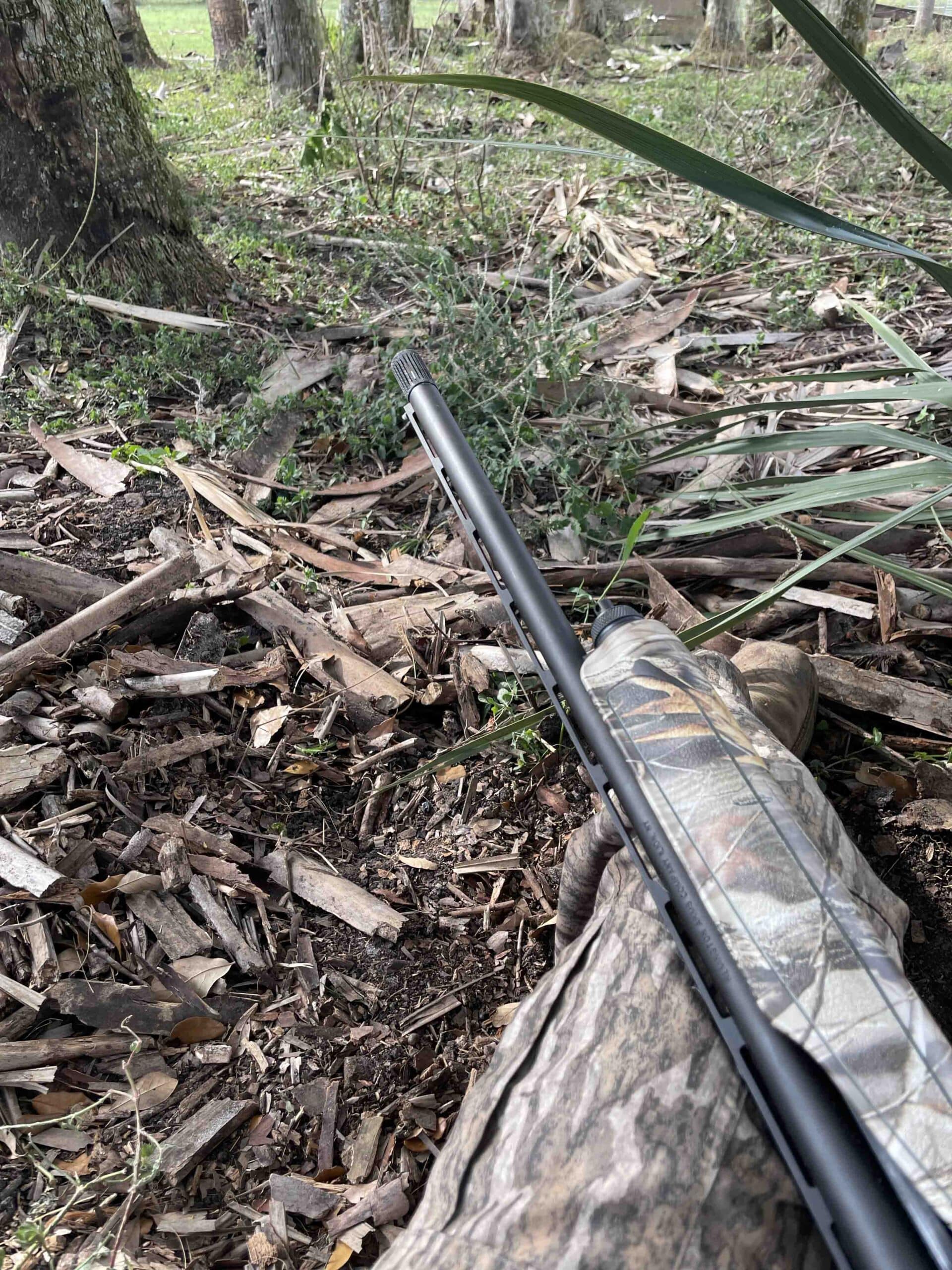
Hunting Success Against the Osceolas
Turkey guide Nate Weber was maybe five feet from me, leaning against the tree and behind our bushy hidey-hole setup. Decoys were in the opening. We were in the final half-hour of hunting, and although neither of us had said anything, it was one of those “Well, we gave it our best shot” moments.
Neither of us had forgotten about the gobbler that sounded off more than an hour earlier. Hen calls didn’t work. A shock gobble didn’t work. Crow caws didn’t get him to respond again. Weber even broke out his box call, which he said he’d only killed a bird with once in more than 20 years because it’s so loud.
“Might have to use the last resort,” I laughingly said before he yanked off a few notes with the paddle. We were decked out in Sitka Equinox gear with Insect Shield infused into the fabric. In two days, I had zero mosquito bites or ticks. The fabric prevents mosquitoes from biting through it, while the infused repellent works to kill them. Our biggest issue was this blasted gobbler that teased us the day before and, now, apparently was doing it again.
The gobbler didn’t respond to the box call, either. We were hopeful the bird was making a long, patient, determined walk to find the hen and gobbler sounds. But as late evening crept on, our hopes were diminishing. Neither of us said “time to go,” but we were silently thinking it was getting close to the final bell.
That’s when an ebony shape appeared in the woods across from me, walking silently toward a path I’d spied earlier. I hissed, “Bird, over there,” to Nate, who couldn’t see it from his spot. He chirped some quiet, sweet hen notes on his Woodhaven slate call. The gobbler turned, saw the decoys, and blew up in full strut.
Everything happened quickly. In less than two minutes, from first sighting to the flash of my shotgun’s muzzle, we saw the StrutShow and dirt flip. Nate and I whooped and hollered like kids, stunned at what had transpired after two tough days.
The bird did everything an Osceola is known for and more. Minimal gobbling, to the point of “Did you hear that? Was that a gobble?” Isolated in a tract, he knew well. Silent movements in his home area. Exacting, patient stalking of the hen — Nate’s calling — he heard. A wary attitude, even after seeing a submissive hen decoy in front of a standing Jake.
Success against the ghost of Florida’s Palmetto Woods isn’t always easy, but it’s worth it. Use all of your tactics, cameras, feeders, maps, chats with friends, and woodsmanship skills to make the most of every hunt.
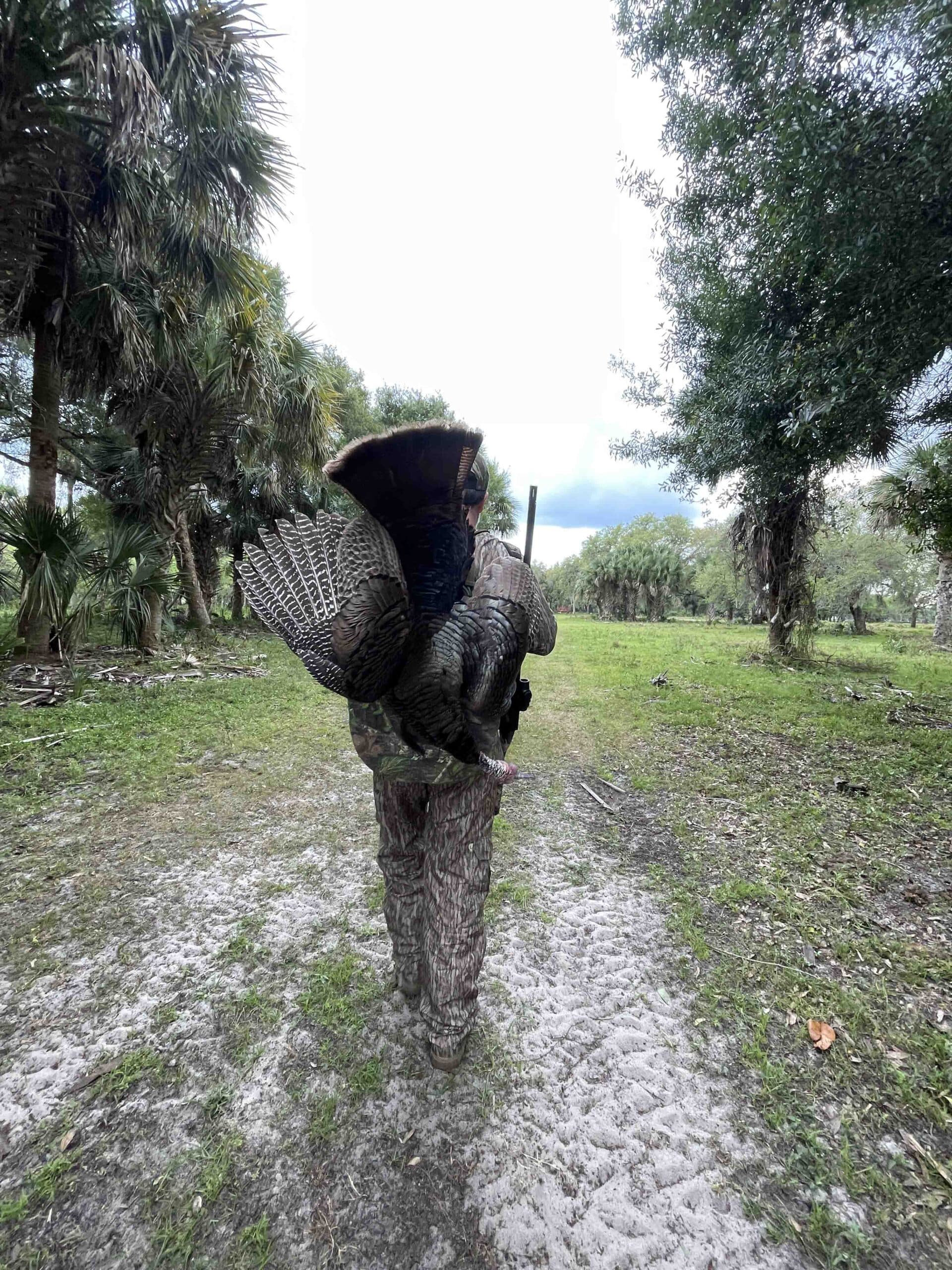

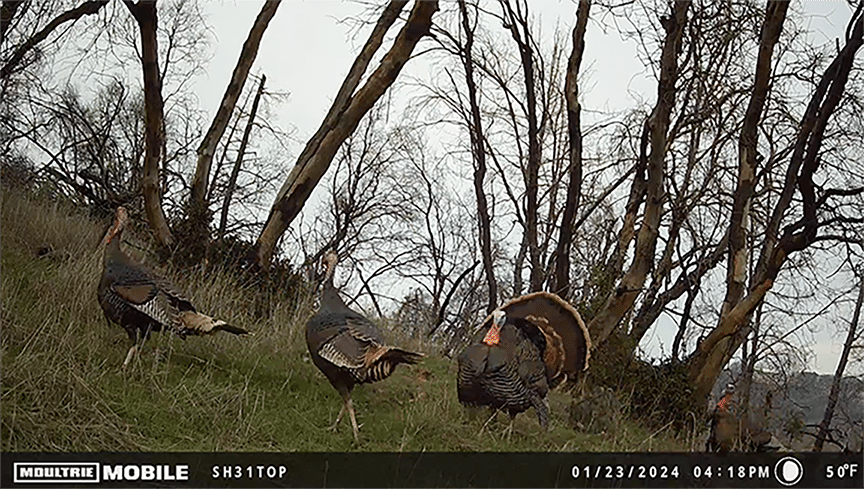
Featured
If you are eager to take your turkey hunting knowledge to the next level, these tips will help you get the most out of your trail camera placements.
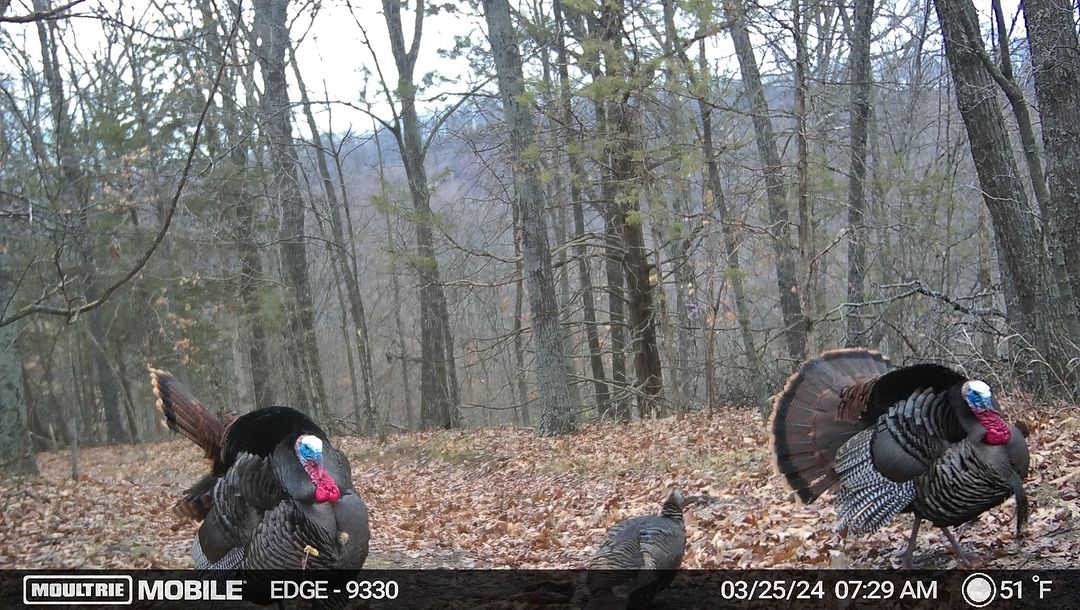
Featured
Wild turkeys are among America’s most hunted and popular game birds, tucking in with pheasants and waterfowl as the Birding Big 3. Turkeys and turkey hunters have some quirks that make hunting them more fun.
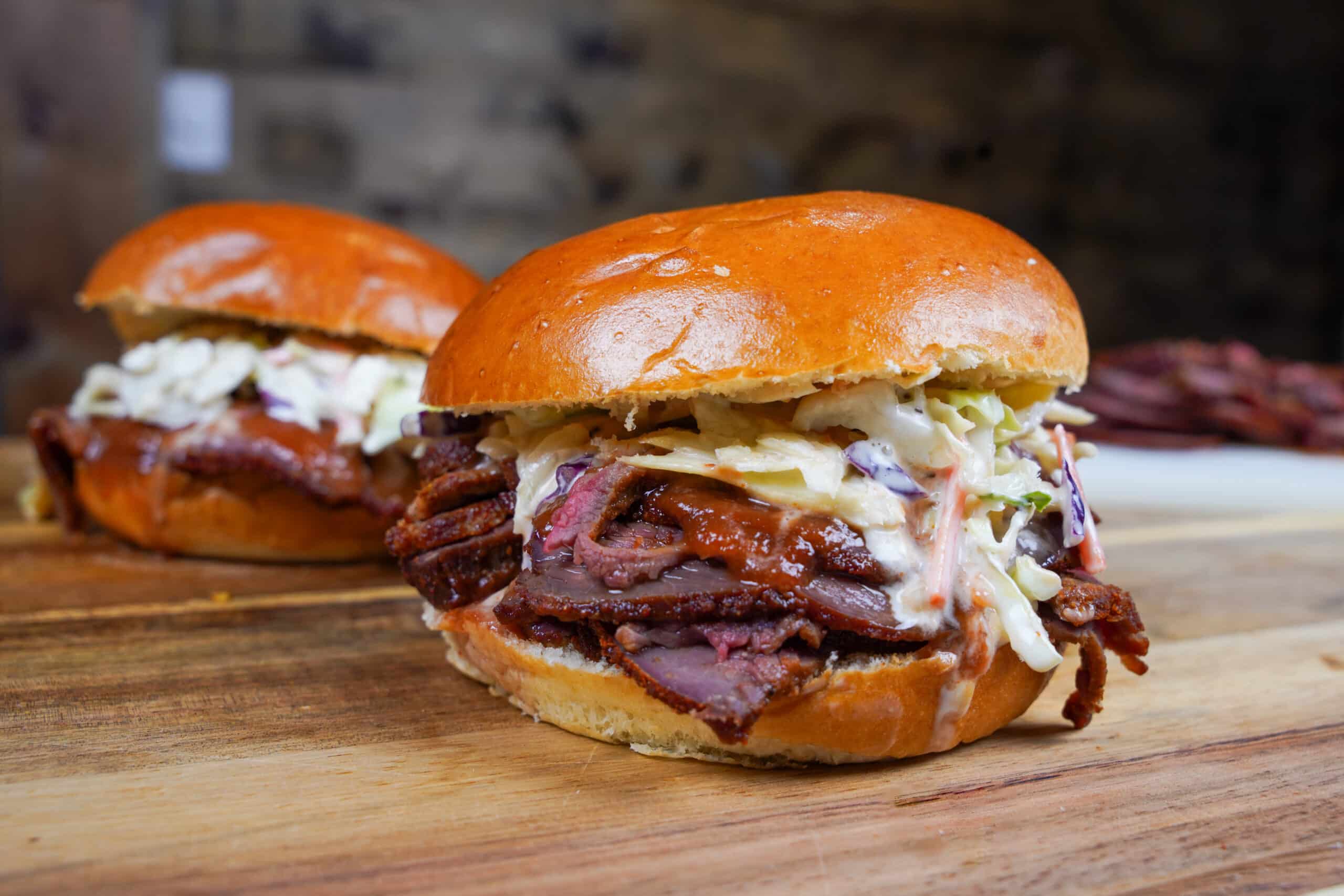
Featured
This recipe is great for hosting a weekend lunch crowd. The process starts the night before with a simple brine with added aromatics. The brine helps retain moisture in the meat during cooking, making the meat juicier and more tender.



